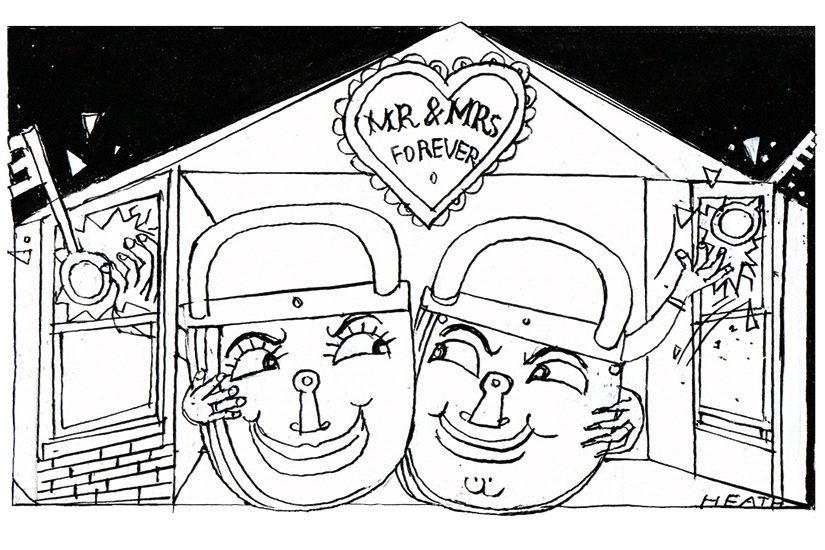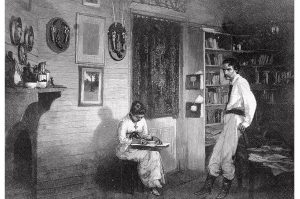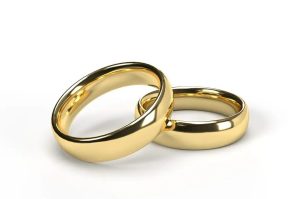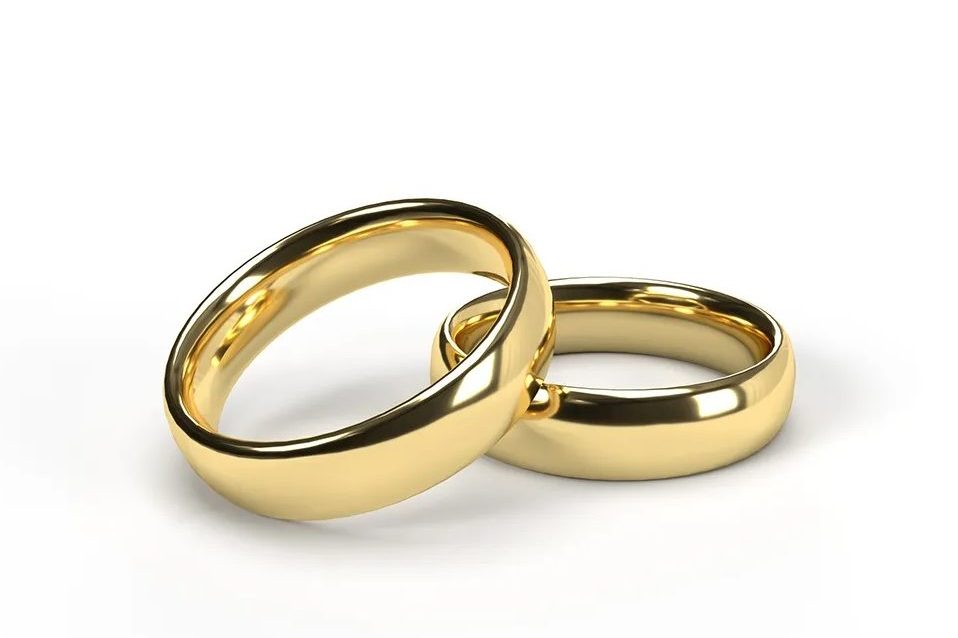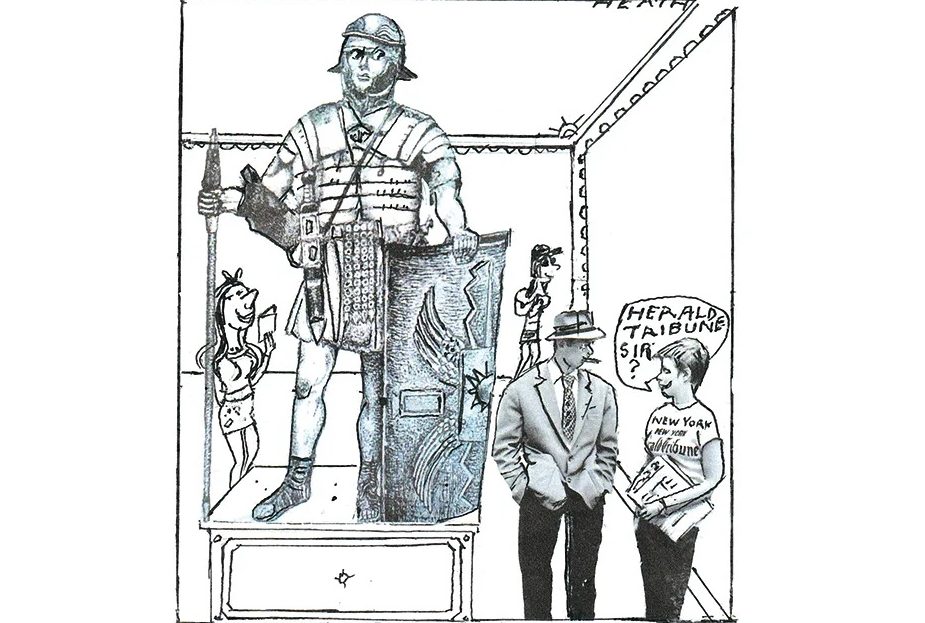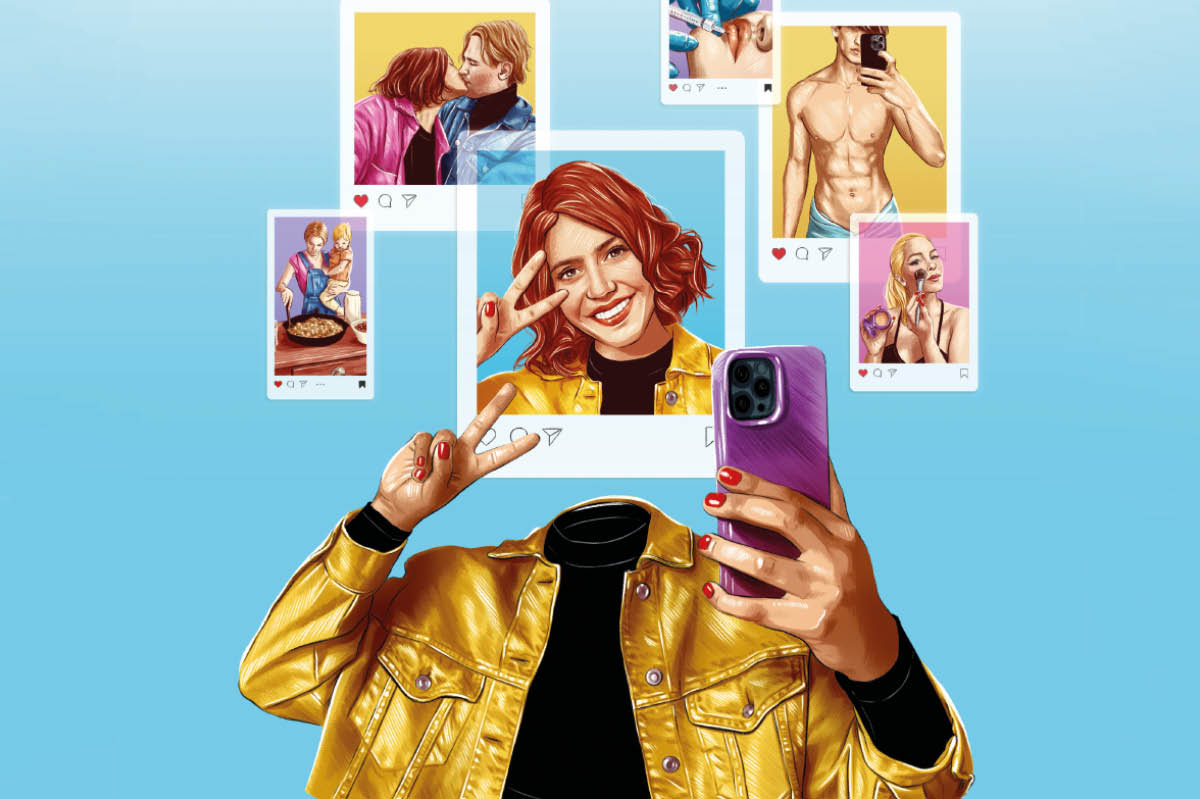When it comes to dating, I’ve tried every kind of matchmaking method you could imagine: dating apps, speed-dating, slow-dating and even no-date dating. Consequently, I’ve suffered from date-app fatigue and repetitive disappointment. So I’m the perfect person for a new dating trend: the Pear ring.
For a one-off payment of $25 you get three Pear rings — turquoise-colored ring bands of different sizes — which, when worn in public, signal to other single people that you are open to being approached. The Pear rings aim to end our dependence on dating apps and return the hunt for romance back to real life.
Remember real life? That golden era before swiping, griping and getting ghosted? When people had face-to-face conversations? Ah yes, I remember them well. Across some crowded room eyes would meet and hearts would beat and you’d shoot your best line to the beautiful stranger — and get told to “piss off” as they’re already spoken for.
In theory the Pear ring sounds like a good idea. But the singles I spoke to who are fed up with dating apps are doubtful. Says one: “Showing off your single status like that is a bit naff — like wearing a Baby on Board badge.” My friend Sylvia puts it this way: “Why pay good money for a crappy ring that tells people you belong to a club of saddos that nobody wants to belong to? Why not just write LOSER on your forehead before a night out on the town?”
The cynic in me thinks she’s right; the romantic in me hopes she’s wrong. After all, people wear rings to signal that they’re in a relationship — either engaged or married — so why not a ring that lets people know you’re single?
I decided to give it a go. Unable to purchase a Pear ring in time — they have a three-week wait for deliveries — I did a DIY Blue Peter thing and made my own imitation ring with a small piece of painted cardboard. I knew this could end in humiliating rejection or the start of a magical romance, but so what? I was ready to give it my best shot. I would proudly display my fake Pear ring whenever I went out in public.
But there was only one problem: despite the maker’s claim that the ring is being worn by “millions” of people, I couldn’t find one. I hunted for signs of the Pear ring in my local supermarket, on public transport, my local pub, my local nail bar, my yoga class and on my street.
The nearest I came to spotting a Pear ring was in the changing room of my local gym. There’s a gay guy there, with whom I’m on a nodding acquaintance. He is always walking around naked. This time I noticed he was wearing a ring — but not on his hand. I knew that the Pear company produced special rings for the LGBTQ community — was this one? “By any chance is that a Pear ring — or are you just happy to see me?” I asked. Judging by his scowl, he didn’t know what I was talking about.
I can see the ring’s appeal — if not its presence. It taps into a widespread nostalgia for the days of pre-dating apps when romantic connections were found in real life. And now real life is being repackaged and marketed like wholewheat bread and organic foods — something authentic and good for you. Real life is full of real people having real encounters. Sounds good?
The fact is, though, the same creeps, pervs and bores you meet via dating apps are the same creeps, pervs and bores you meet in real life. In some ways, wearing a ring could be worse for women because it means anyone can approach them.
According to the Pear website, you pay your fee so that you can join “the world’s biggest social experiment” — that is, this ring-wearing movement to connect the “world without filters and apps.” There’s a kind of naive romantic Utopianism at work here — singles of the world unite! You have nothing to lose but your dating apps!
But where exactly can ring-buyers connect? Purchasers of the Pear ring are promised various social events. According to the website, they will receive an invitation to PearFest — “the world’s biggest singles festival” — and “exclusive events in your city” — but there are no details as to when and where these will ever take place.
I suspect it’s no coincidence that the makers of the Pear ring wish to remain anonymous. They even concede that they have no proof — anecdotal or otherwise — that anyone has found a partner thanks to the ring. And yet if the website is to be believed, Pear rings are selling like hot cakes. Oh well. It’s back to the apps.
This article was originally published in The Spectator’s UK magazine. Subscribe to the World edition here.



